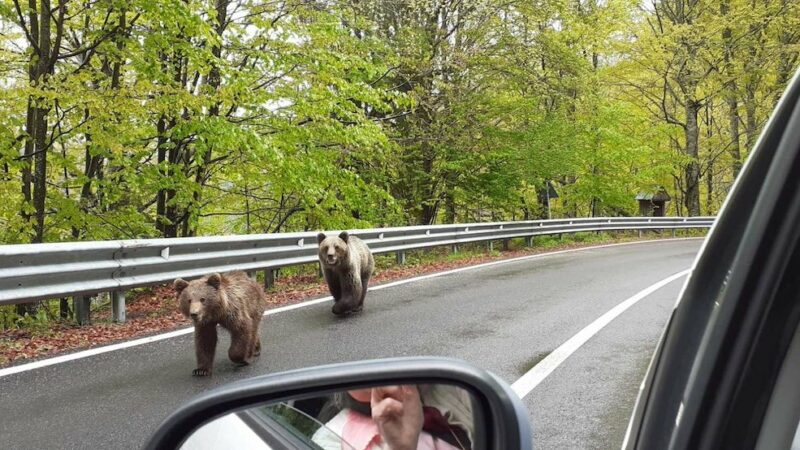5 Things You Didn’t Know About Everglades National Park
National parks are known for snowcapped mountains, towering rocks, and dense evergreen forests, but you won’t find any of that in Everglades National Park. However, it’s loaded with wildlife, unique views, and tons of adventure.
Videos by Outdoors
If you’re ready to beat the winter chill, this park may be one of your best bets. The Everglades cover around 1.5 million acres, so there is more than enough room to explore.
Here are some facts to get you excited to visit one of the wildest national parks in the U.S.:
5. Everglades National Park Is Massive
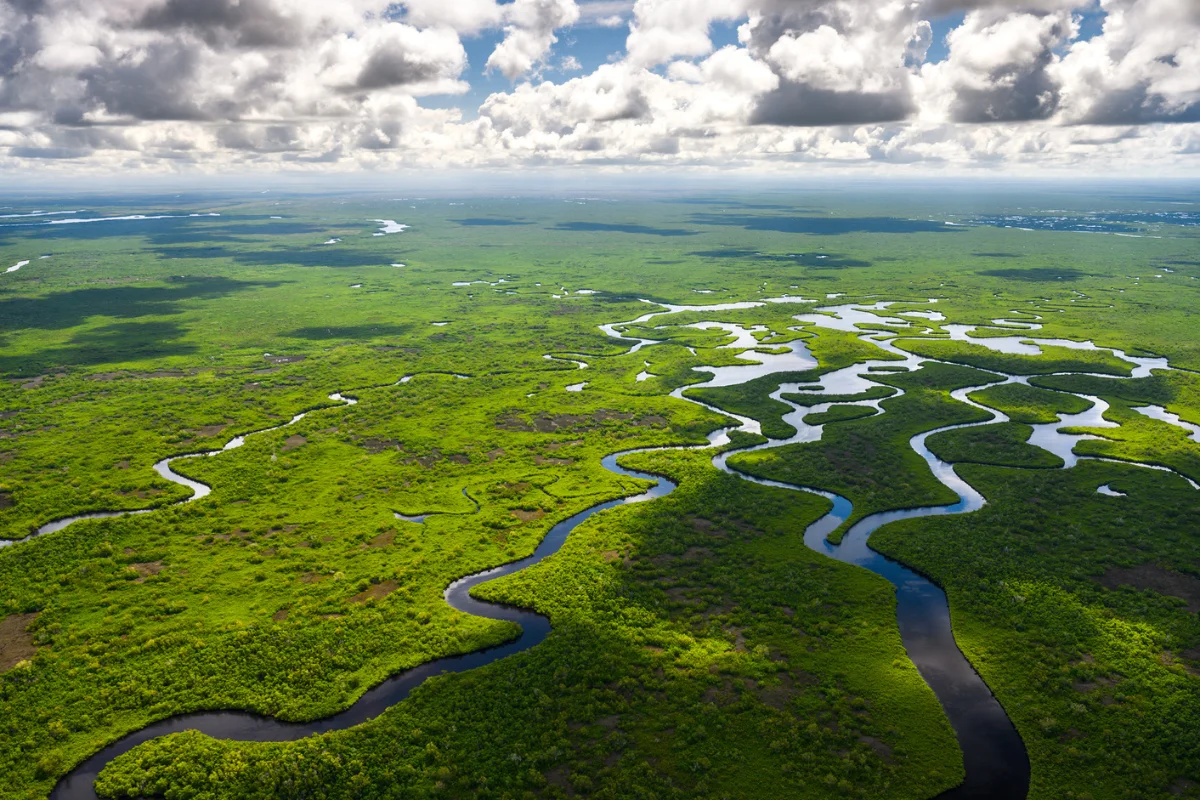
Everglades National Park is really big. In fact, it comes in at number 10 overall. Seven of the top 10 are in Alaska, and only Yellowstone and Death Valley are larger in the lower 48 states. So, this is a giant swampland—bigger than the Grand Canyon. For comparison, the park is the size of Delaware. The national park protects 20% of the original Florida Everglades. Unfortunately, as development has grown, the land outside the park has only shrunk.
4. It’s the Only Place You Can Find Alligators and Crocodiles
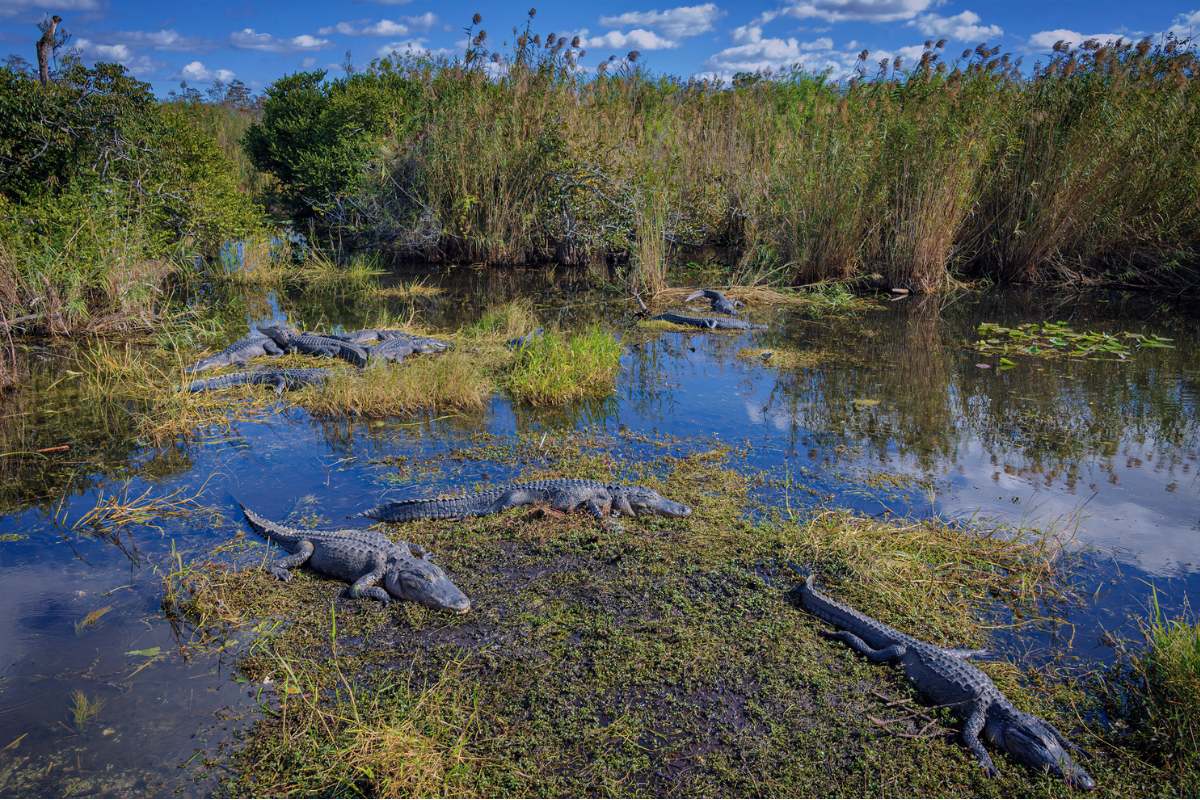
If you’re in the U.S. and you see what looks like a giant river lizard, it’s probably an alligator—unless you’re at Everglades National Park. The park is the only place in the world where you’ll find crocodiles and alligators living together. It’s also the only place in the U.S. where you can see crocodiles in the wild. Wildlife officials say the mix of freshwater from nearby Lake Okeechobee and the saltwater from the ocean makes the area habitable for both species.
Looking to tell the two species apart? Alligators have wider snouts and teeth that rest inside their mouths. In comparison, crocodiles have long, skinny snouts and exposed teeth.
3. It Has the Largest Mangrove Ecosystem in the Western Hemisphere
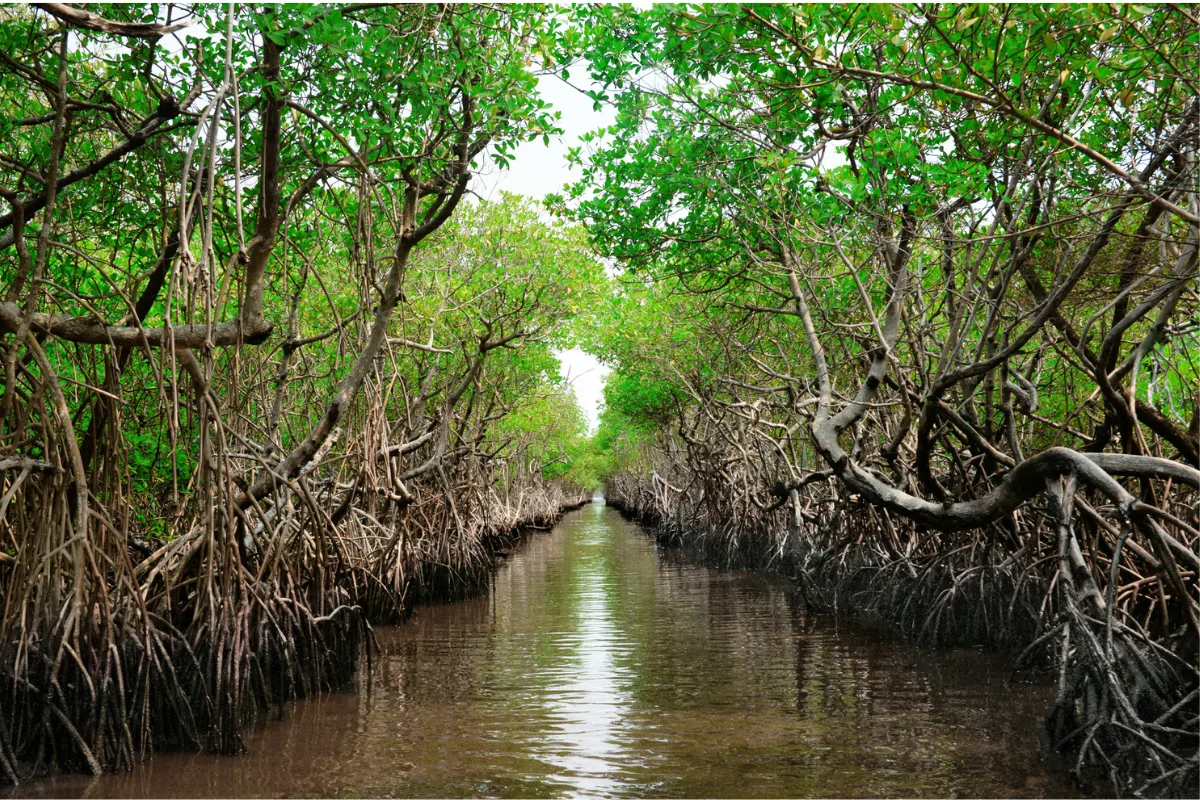
Not everything in the Everglades wants to eat you. The area is also known for its massive mangrove forest. A mangrove isn’t a particular species of shrub or tree but rather a word for plants that thrive in a blend of salt and freshwater. The trees and shrubs found here are an essential part of the overall ecosystem and help many species of marine life and birds thrive.
2. There Are a Lot of Cool Ways to Explore the Park
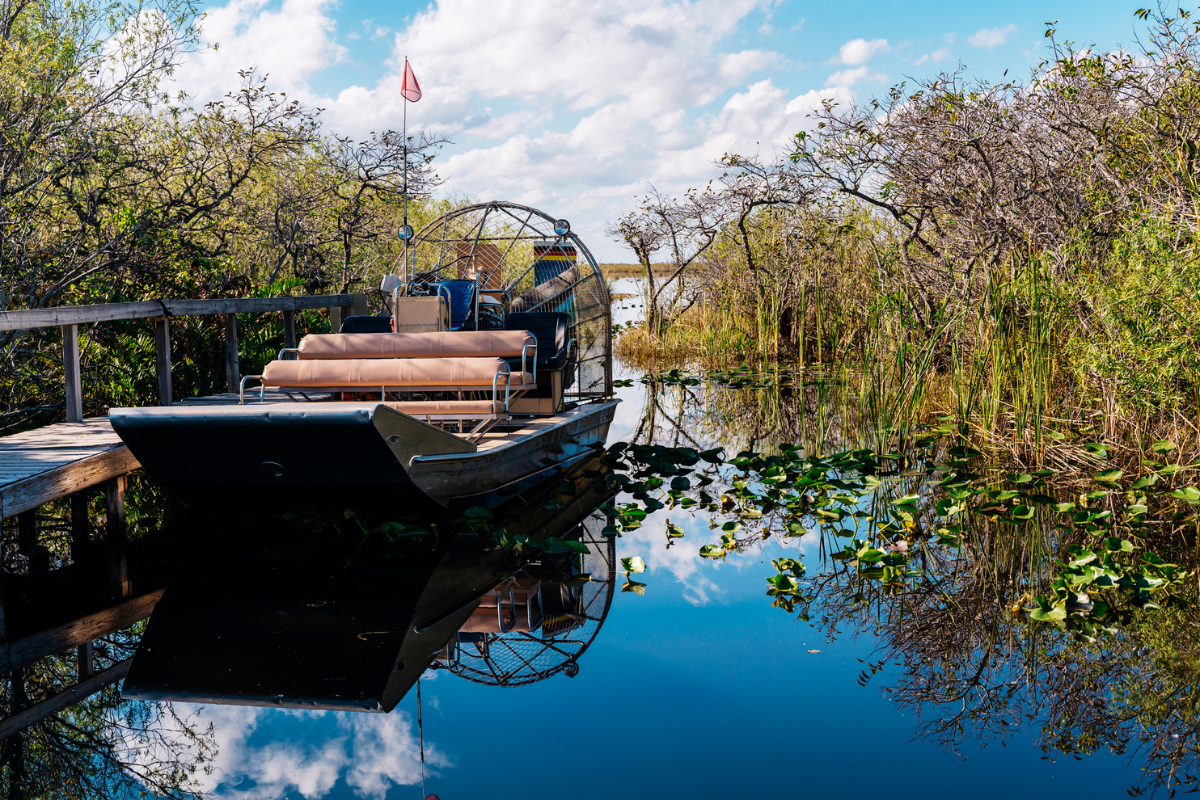
While many parks focus heavily on hiking, exploring this park allows for bikes, kayaks, a tram system, and airboats. Many of these are guided tours, which give visitors a closer look at all the wildlife that call the area home. Tram tours run daily and are a great, inexpensive way to see the park. Airboat tours are around the same price and will get you even deeper into the Everglades.
1. Invasive Species in the Park Include the Burmese Python
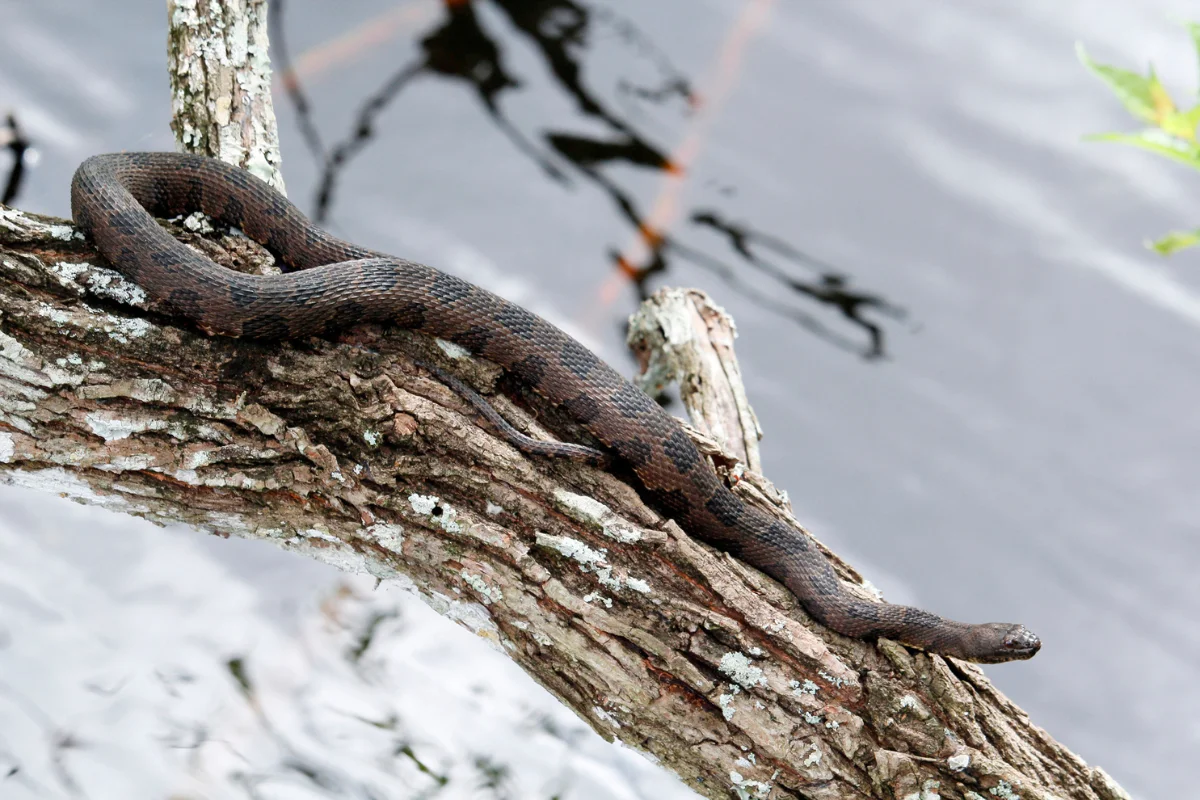
Park officials have struggled with the Burmese python, an invasive species, for more than a decade. Wildlife experts believe most of these snakes are accidentally or intentionally released pets. Numbers show the snake is to blame for a significant drop in the mammal population in the park, which has an ongoing program to remove the snakes.
Park rangers remind visitors that seeing the snake is extremely rare, so don’t worry. There’s a better chance you’ll see a native manatee in the park instead.

Source: https://outdoors.com/things-you-didnt-know-about-everglades-national-park/



